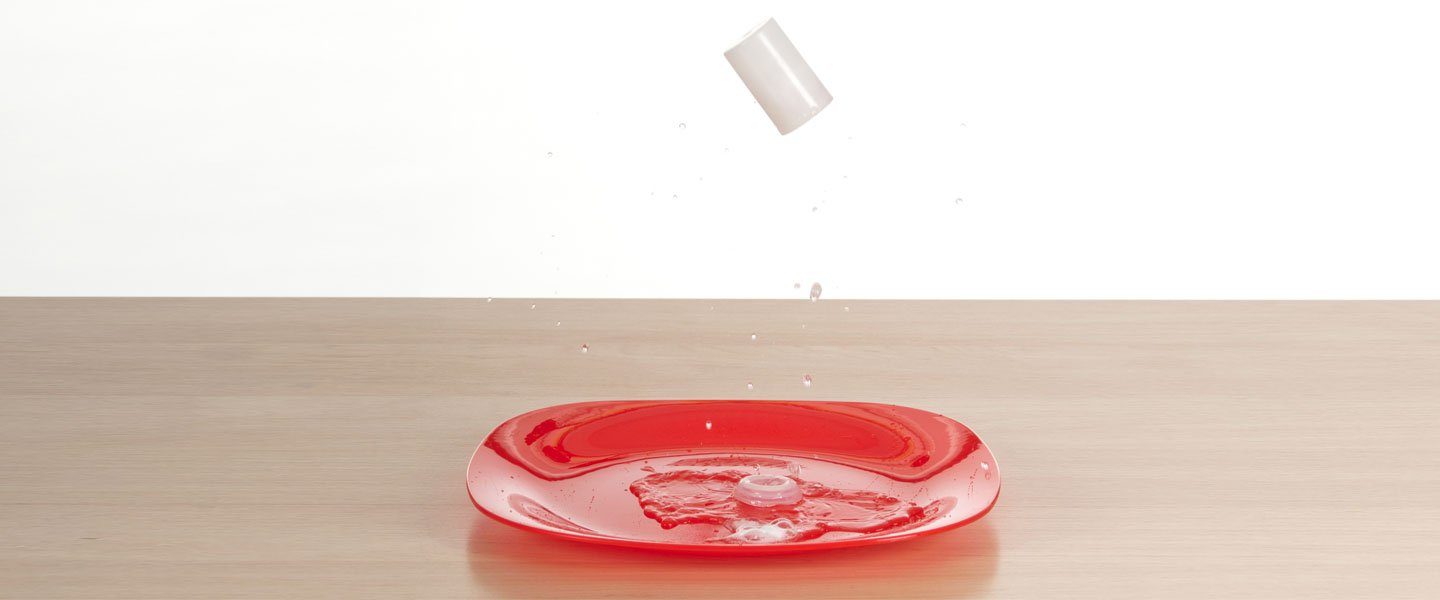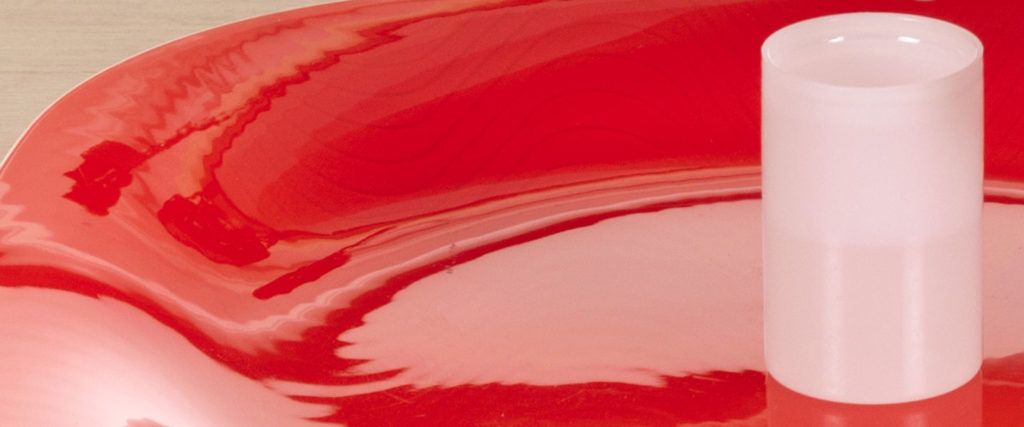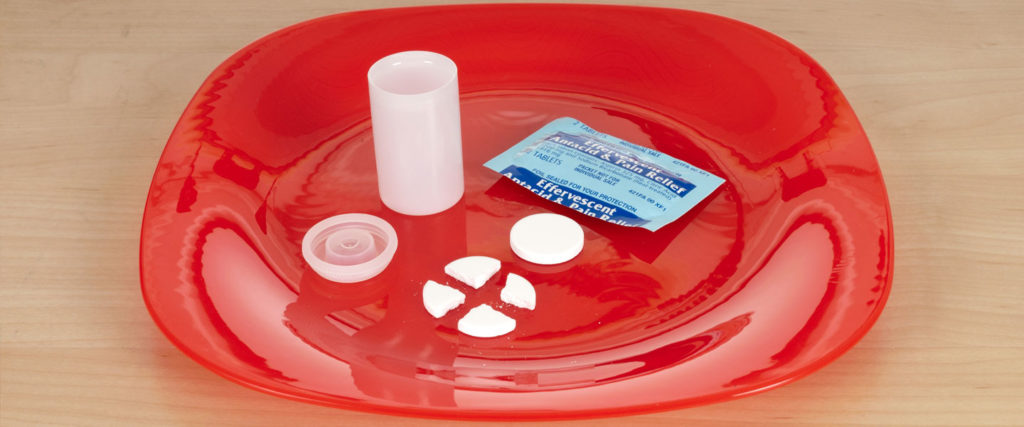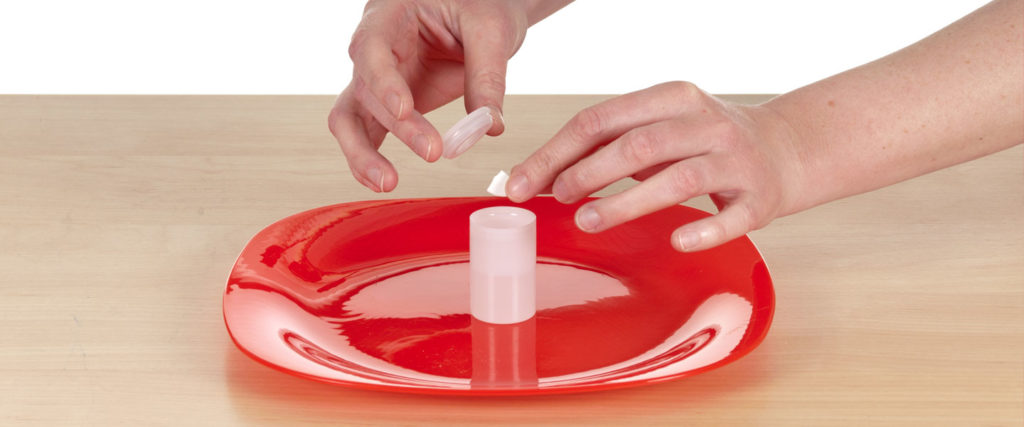PVC Rocket Launcher
Steve was first introduced to this incredible teaching tool in 2001 while speaking at the U.S. Space Camp for Educators. As part of the week-long […]

What happens when you have a build-up of gas? Wait! Don’t answer that question! The gas used here is carbon dioxide (CO2), it comes from Alka-Seltzer, and the mess it makes is nothing short of fun. Warning: It’s impossible to do this activity just once. It is addicting and habit-forming. Proceed at your own risk!

Put on your safety glasses! Half-fill the film canister with water.

Divide the Alka-Seltzer tablet into four equal-ish pieces.

Drop in one piece of the tablet and quickly snap the lid on the container. Give the canister a quick shake and set it on the table.
Load the canister again, put the lid on, and turn the canister upside down. You can probably get two or three explosions from the tablet piece if you can can quickly snap the lid back on and enough water remains in the canister.
The fizzing you see when you drop an Alka-Seltzer tablet into water is the same sort of fizzing you see when you mix baking soda and vinegar. In Alka-Seltzer, its citric acid and sodium bicarbonate that are mixing to produce bubbles of carbon dioxide gas or CO2 . When you drop the tablet in water, the acid and the baking soda react to produce the gas, and this gas keeps building up until finally the top pops off or the canister launches.
We can thank Sir Isaac Newton for explaining what happens. When the build up of carbon dioxide gas is too great and the lid pops off, Newton’s First Law is obeyed. The lid is stationary (not moving) but the growing gas pressure under it applies a large enough force to move it from it place. The upside down film canister shoots upward because of Newton’s Third Law of Motion. Gas inside the canister escapes and pushes against the table. The table pushes back with the same force sending the canister upwards briefly.
Making Film Canisters “pop their top” is a pretty cool activity but it’s not a science fair project. You create a science fair project by identifying and testing variables. A variable is something that might change the outcome. Let’s take a look at some of the variable options you might test and write up for a science fair.
These are just a couple of ideas and you certainly aren’t limited to them! Come up with your own variable to test. Remember, you can change only one variable for each test while making sure that all the other factors in your test remain the same!